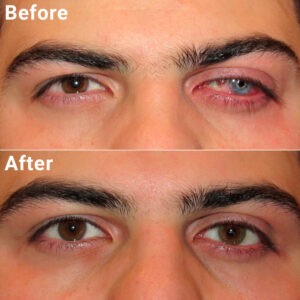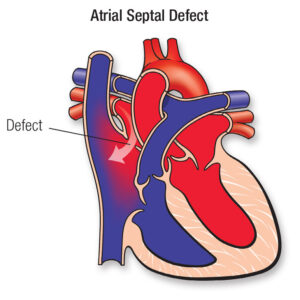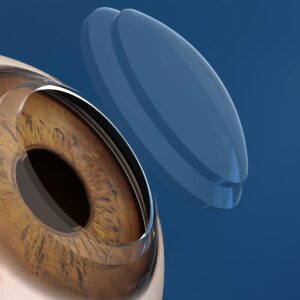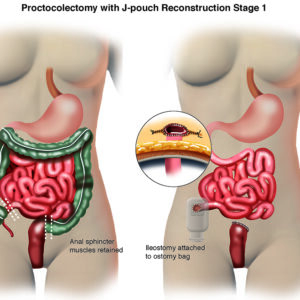Description
Familiarity with Treatment: Adhesiolysis is a surgical procedure designed to release adhesions, which are bands of scar tissue that can form between organs and tissues. These adhesions often develop after surgeries, infections, or inflammatory conditions and can lead to pain, obstruction, and other complications.
Procedure Explanation: Adhesiolysis can be performed using either open surgery (laparotomy) or minimally invasive techniques (laparoscopy). In laparoscopic adhesiolysis, small incisions are made, and a laparoscope (a thin tube with a camera) is inserted to visualize the adhesions. Surgical instruments are then used to carefully cut and release the adhesions. This procedure is typically done under general anesthesia and can take a few hours depending on the extent of the adhesions.
Who is it Suitable For?
- Patients experiencing chronic pain or bowel obstruction due to adhesions.
- Individuals with a history of abdominal or pelvic surgeries who develop symptomatic adhesions.
- Patients with infertility issues related to pelvic adhesions.
Who is it Not Suitable For?
- Patients with minimal or asymptomatic adhesions.
- Individuals with severe comorbidities that increase surgical risks.
- Those who can be managed with conservative treatments.
Advantages:
- Minimally invasive approach (laparoscopy) results in less postoperative pain and quicker recovery.
- Reduced risk of hernia formation compared to open surgery.
- Improved visualization of the abdominal cavity, allowing precise removal of adhesions.
Complications:
- Risk of infection at the incision sites.
- Potential for injury to surrounding organs during the procedure.
- Recurrence of adhesions, which may require additional surgeries.
- Anesthesia-related risks.
Previous Care:
- Thorough medical evaluation and imaging studies (e.g., CT scan, MRI) to assess the extent of adhesions.
- Preoperative instructions, including fasting and medication adjustments.
Aftercare:
- Monitoring in the recovery room until the effects of anesthesia wear off.
- Pain management with prescribed medications.
- Gradual return to normal activities, avoiding strenuous exercise initially.
- Follow-up appointments to monitor healing and address any complications.









Reviews
There are no reviews yet.